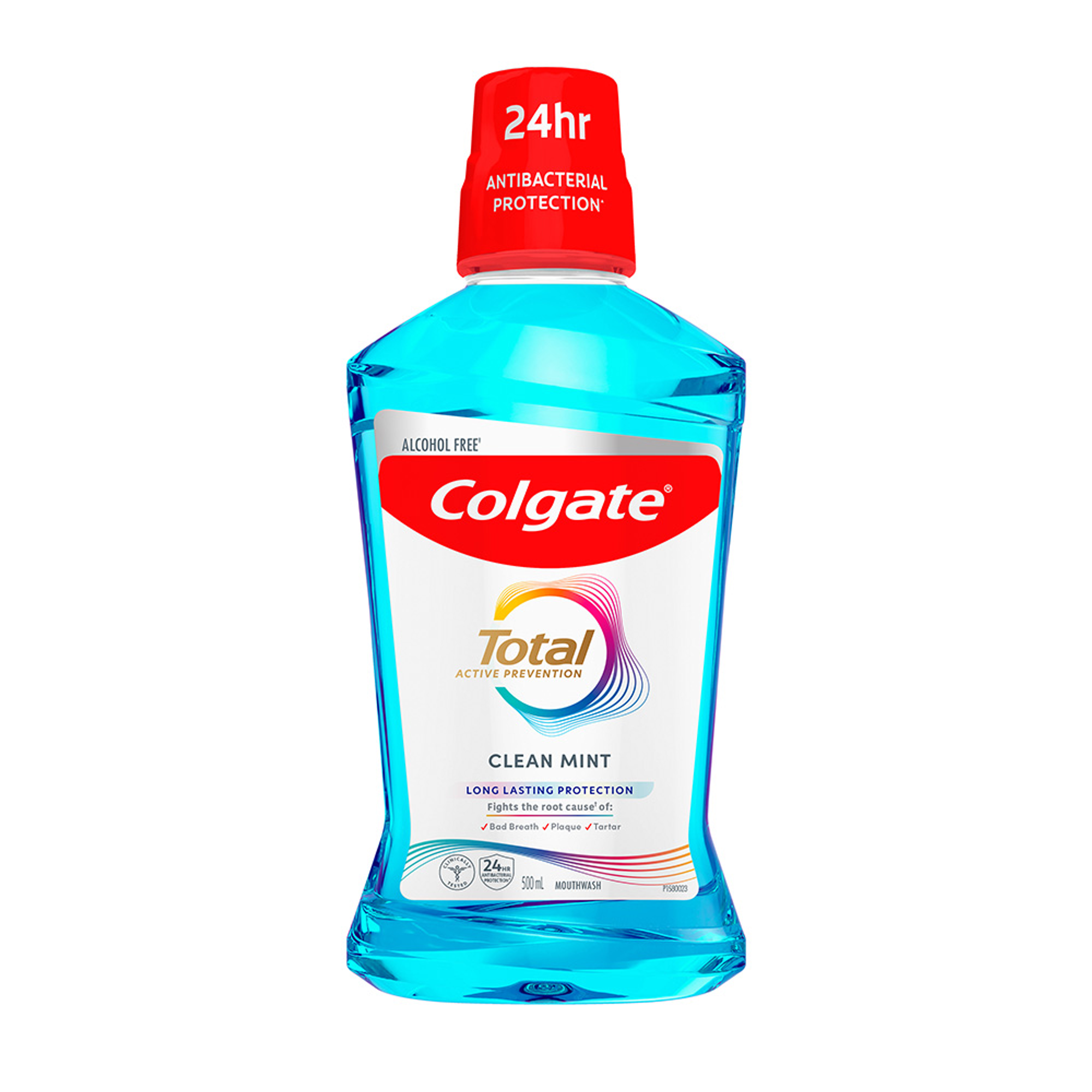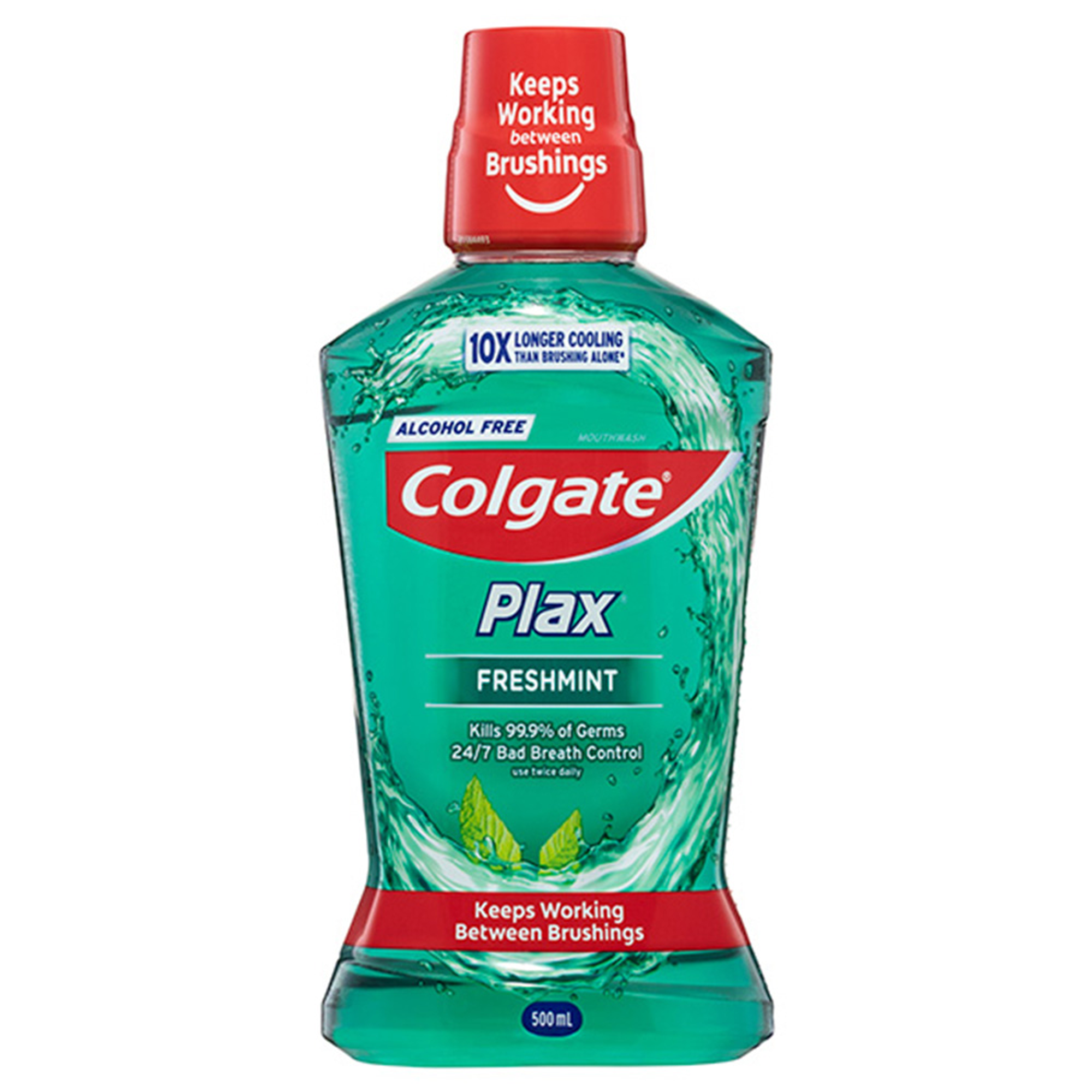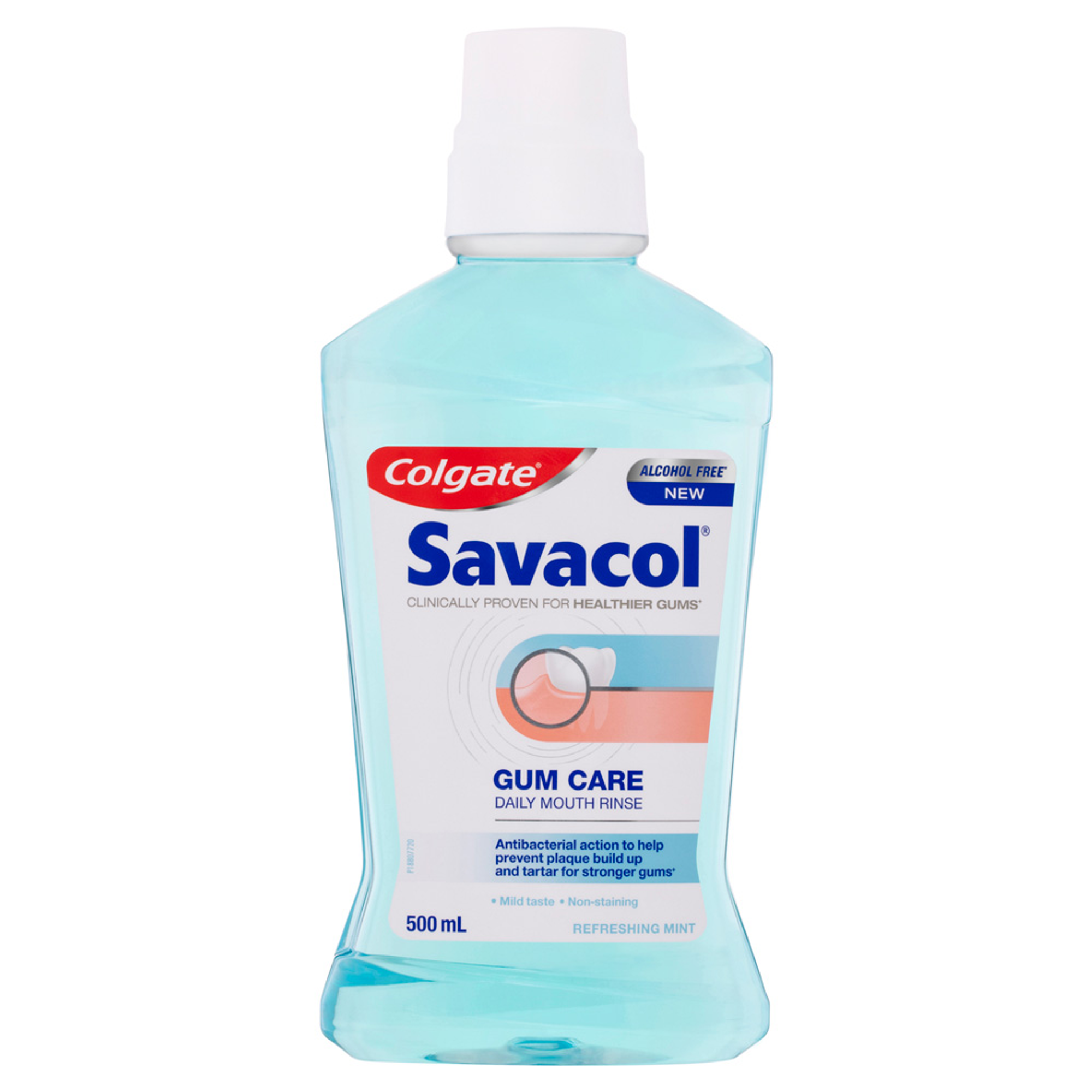
It’s easy to forget that much of what we practice today was scientifically explored by people like you who sought to improve techniques to help the people they served. For instance, in the 1980s, it was common practice to electively extract all traumatised teeth, that is, until the controversial efforts of Jens O Andreasen and Frances M Andreasen. Andreasen and Andreasen pioneered the field of dental traumatology to help us save millions of people from unnecessary extractions, post-trauma.1 But it took a clinician like Jens, who wanted to help victims of dental trauma, to change the way we think and practice.
Do you have a burning question about our clinical practice that needs investigating? Do you want to diversify or explore an alternative career path? Do you want to improve how we work or optimise patient care? Could someone like you become a clinician-scientist?
Whether you are a student, new graduate or an experienced dental practitioner, research may be your unidentified calling.
Here are five ways you could benefit as a clinician-scientist.
1. You could answer a burning question.
Research can help you solve or help understand clinical challenges.
After five years in clinical practice2 I sought a challenge. I noticed that my ‘temporary’ glass ionomer restorations lasted longer than my resin fillings in my older patients. It made me wonder if there was a difference between resin-based adhesives and glass ionomers, and if tooth structure, particularly dentine, characteristically changed as we aged.
My burning questions led me to enrol in a PhD program at the University of Queensland. Thanks to the generous funding by Colgate®, through my research, I discovered little difference in adhesive longevity between glass ionomers, and some of the popular resin-based systems,3 and that dentine mineral distribution4 and collagen qualities5 changed as we age. My research outcomes helped me understand why my restorations lasted variably in older patients, and why we observe more fractured teeth in mature people.6
2. Discover a new career pathway.
Research can forge new or alternate career pathways.
Engaging with research may lead you to roads less travelled. You could partner with the dental industry, not-for-profit agencies, become an academic or even work for global companies such as Colgate®.
3. Travel to unexpected places.
Research can take you to unexpected places. One of my research-related highlights was a trip to Sweden after winning the Colgate® pre-doctoral research award at an International Association for Dental Research meeting. Over the years, my awards and bursaries have funded travel to conferences based in Jackson Hole, USA, Canberra, Brisbane, and Perth.
4. Make new friends.
Sometimes, you have to step outside your comfort zone to meet new people.
During the early stages of my PhD, a co-investigator encouraged me to present at the Light Microscopy Conference. I was the only non-microscopist who presented at the conference; my imposter syndrome was on hyper-drive. But as it turned-out, my research and interest in teeth sparked a conversation with many of the attendees who in turn wanted to help and collaborate with me.
5. Stay ahead of your peers.
Doing research helps you stay in touch with the latest developments in our industry.
Attending the occasional continuing professional development course will enhance our capacity to meet new people and learn new skills, but doing research affiliated with a University helps maintain a connection that we often lose after graduation.
As a clinician-scientist, you could help find a solution that improves our clinical practice, diversify your skill-set to enter an alternate career pathway, travel to unexpected places, meet and collaborate with new people outside of Dentistry, and keep up with the latest developments in our profession. Do you have what it takes?
https://www.iadt-dentaltrauma.org/history.html
Gladwell M. Outliers: The story of success. Little, Brown; 2008 Nov 18.
Weerakoon AT, Cooper C, Sokolowski KA, Meyers IA, Thomson D, Ford PJ, Sexton C, Symons AL. Effect of dentine site on resin and cement adaptation tested using X‐ray and electron microscopy to evaluate bond durability and adhesive interfaces. European Journal of Oral Sciences. 2022 Oct;130(5):e12890.
Weerakoon AT, Cooper C, Meyers IA, Condon N, Sexton C, Thomson D, Ford PJ, Symons AL. Does dentine mineral change with anatomical location, microscopic site and patient age?. Journal of structural biology: X. 2022 Jan 1;6:100060.
Weerakoon AT, Condon N, Cox TR, Sexton C, Cooper C, Meyers IA, Thomson D, Ford PJ, Roy S, Symons AL. Dynamic dentin: A quantitative microscopic assessment of age and spatial changes to matrix architecture, peritubular dentin, and collagens types I and III. Journal of Structural Biology. 2022 Dec 1;214(4):107899.
Weerakoon AT, Meyers IA, Thomson D, Cooper C, Ford PJ, Symons AL. Coronal dentin differs between young and mature adult humans: A systematic review. Archives of Oral Biology. 2022 Sep 26:105553.
Dr Arosha Weerakoon is a Principal Dentist and owner of Tewantin Family Dental. She is also a lecturer (hon) and PhD candidate from the School of Dentistry, University of Queensland. She holds a Fellowship with the Royal Australasian College of Dental Surgeons, and a Masters in Public Health. Arosha is a Fellow of the International College of Dentists. Arosha advocates for community engagement, interdisciplinary collaboration and patient empowerment. She hopes to use her role as a Colgate® Advocate for Oral Health to create meaningful discussions with oral and general health professionals to improve health practices, patient outcomes and to encourage more clinicians to engage with research.
Join us
Get resources, products and helpful information to give your patients a healthier future.
Join us
Get resources, products and helpful information to give your patients a healthier future.











